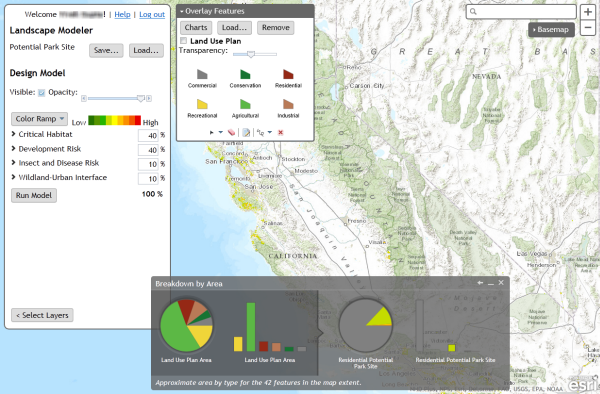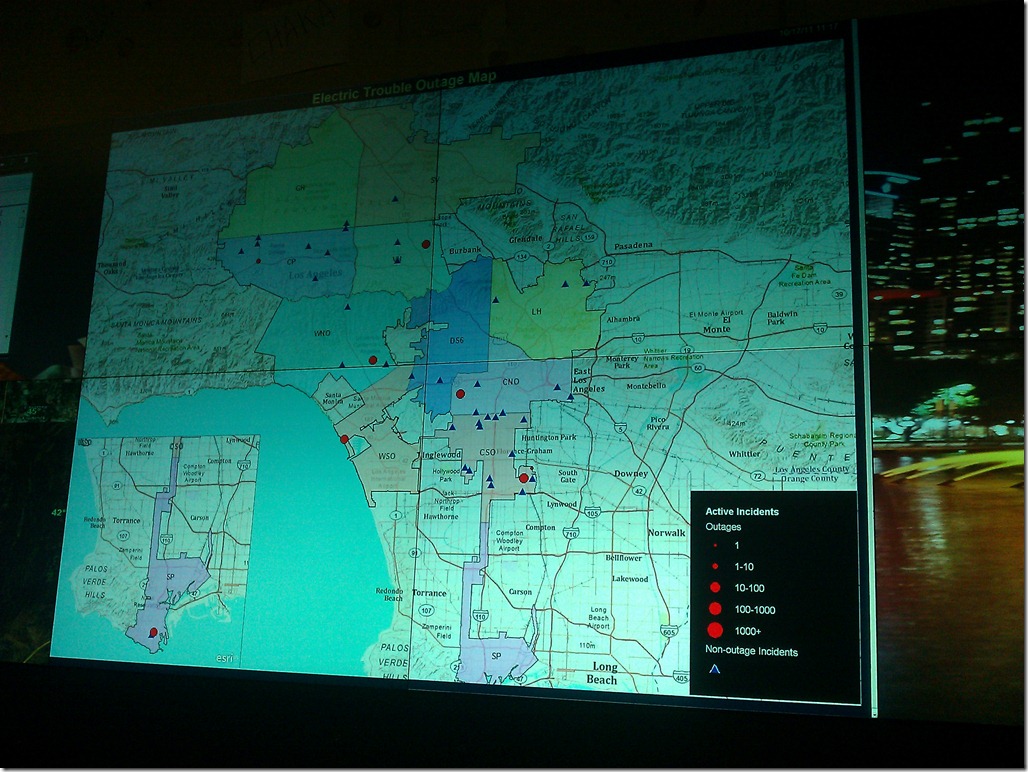Last month I challenged myself to try make at least one contribution a day to GitHub for 30 days straight, and as a result I’ve been able to make long overdue updates to all of my existing repositories as well as make meaningful contributions to other peoples’ open source projects. Some of the things I accomplished during the challenge:
- Worked with Rene Rubalcava and Robert Djurasaj on an example of how to build ArcGIS for JavaScript API apps using the RequireJS optimizer
- Added examples of code coverage reporting and testing in multiple browsers to my Esri Karma Tutorial
- Began an effort to update Kevin Andre’s Dojo Bootstrap project to work with v3 of Twitter Bootstrap
- Used the Yeoman generator for AngularJS to start building my own GitHub pages as way to learn more about AngularJS, Yeoman, Bower, etc.
The challenge also helped me up my Git Fu a bit, since (sadly) most of my work projects are not managed in Git. If you’re like me, most of your GitHub activity takes place outside of your normal work hours, and this kind of challenge can really help you get to things that have been on the back burner for too long.

I’d definitely recommend others try a similar challenge. Here are my (self evident) tips for successfully completing your challenge:



